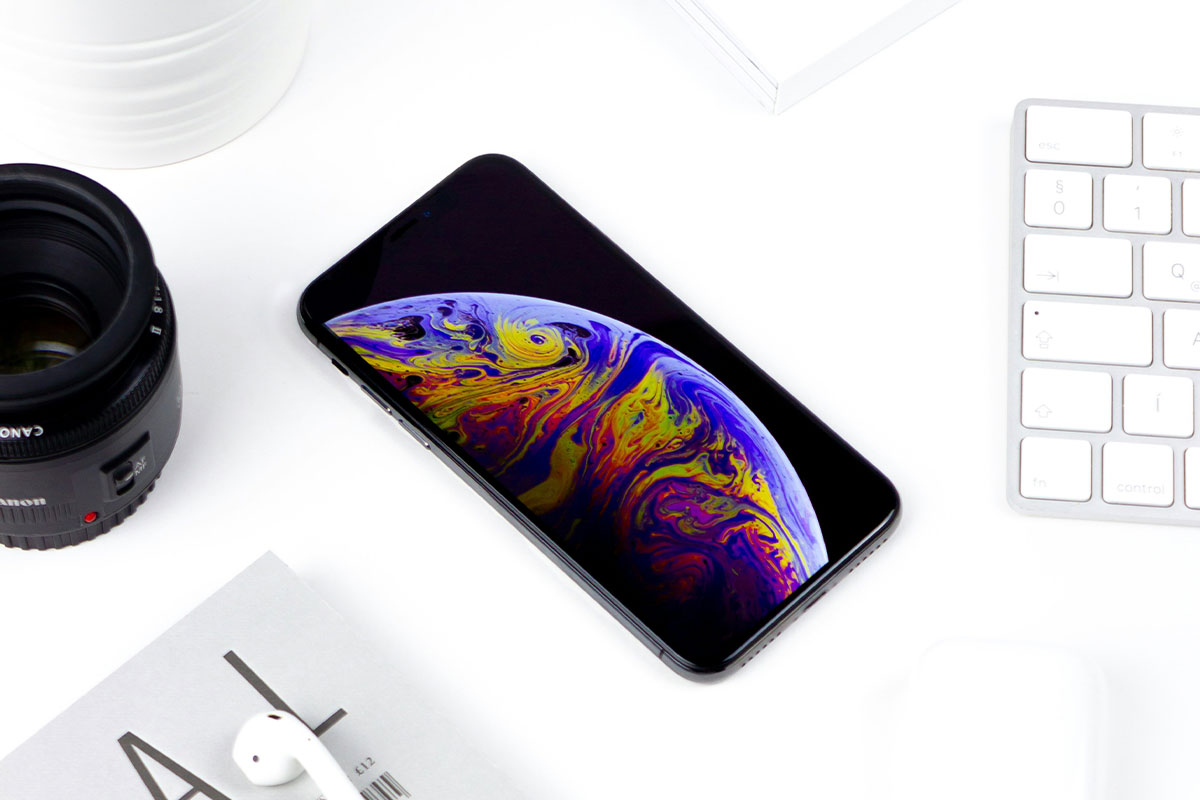
The Impact of Paid Advertising on Brand Awareness

In the current digital age, brand awareness is a critical factor for business success. One of the most effective ways to enhance brand awareness is through paid advertising. I'll show you how paid advertising impacts brand awareness and why it should be an integral part of your marketing strategy.
Understanding Brand Awareness
Brand awareness is the extent to which consumers are familiar with your brand and can recognise it. It encompasses not just recognition of your brand name or logo but also an understanding of what your brand stands for and the products or services it offers.
Why Brand Awareness Matters
Customer Trust: High brand awareness builds trust among consumers, making them more likely to choose your products over competitors.
Market Reach: Increased brand awareness expands your reach, attracting more potential customers to your business.
Competitive Advantage: Strong brand awareness differentiates your brand from competitors, giving you an edge in the marketplace.
Customer Loyalty: Familiarity with your brand fosters customer loyalty, leading to repeat purchases and long-term customer relationships.
The Role of Paid Advertising in Building Brand Awareness
Paid advertising involves paying to display your ads on various platforms, such as search engines, social media, and websites. It plays a significant role in building brand awareness for several reasons:
1. Immediate Visibility
Paid advertising provides immediate visibility for your brand. Unlike organic marketing efforts that take time to build, paid ads can quickly place your brand in front of a large audience.
Search Engine Ads: Appear at the top of search engine results pages (SERPs) when users search for relevant keywords.
Social Media Ads: Display in users' feeds or stories on platforms like Facebook, Instagram, and LinkedIn.
Display Ads: Appear on websites within a network, reaching users as they browse online.
2. Targeted Reach
Paid advertising allows for precise targeting, ensuring that your ads reach the right audience. You can target based on demographics, interests, behaviours, and location.
Demographic Targeting: Reach specific age groups, genders, or income levels.
Interest Targeting: Target users based on their hobbies, activities, and interests.
Behavioural Targeting: Reach users based on their online behaviours, such as previous purchases or website visits.
3. Consistent Exposure
Consistent exposure through paid advertising helps reinforce your brand message and increases the likelihood of brand recall. Regularly appearing in front of your target audience keeps your brand top-of-mind.
Retargeting Ads: Target users who have previously interacted with your website or social media, reminding them of your brand.
Frequency Capping: Control how often your ads are shown to the same user to prevent ad fatigue while ensuring repeated exposure.
4. Creative Flexibility
Paid advertising offers a variety of ad formats that allow for creative storytelling and engagement.
Video Ads: Engage users with compelling video content that showcases your brand’s story and values.
Carousel Ads: Display multiple images or videos in a single ad, highlighting different aspects of your brand.
Interactive Ads: Use interactive elements like polls, quizzes, or augmented reality (AR) to engage users and create memorable experiences.
Measuring the Impact of Paid Advertising on Brand Awareness
To understand the effectiveness of your paid advertising efforts, it's crucial to measure the impact on brand awareness. Here are some key metrics to consider:
1. Impressions
Impressions indicate how many times your ad was displayed. A higher number of impressions suggests that more people are seeing your brand.
Impressions: Track the total number of times your ads are shown, regardless of clicks.
2. Reach
Reach measures the number of unique users who have seen your ad. It helps you understand the breadth of your audience.
Unique Reach: Count the number of individual users who have seen your ad at least once.
3. Brand Recall Surveys
Conduct surveys to measure brand recall and recognition among your target audience. Ask respondents if they remember seeing your ads and how they perceive your brand.
Brand Recall: Measure how well users remember your brand after being exposed to your ads.
Brand Sentiment: Gauge user perception and attitudes towards your brand.
4. Engagement Metrics
Engagement metrics, such as clicks, likes, shares, and comments, indicate how users are interacting with your ads.
Click-Through Rate (CTR): Calculate the percentage of users who clicked on your ad after seeing it.
Engagement Rate: Measure the total interactions (likes, shares, comments) relative to the number of impressions.
Best Practices for Using Paid Advertising to Boost Brand Awareness
1. Define Clear Objectives
Set specific, measurable goals for your paid advertising campaigns. Understand what you want to achieve, whether it’s increasing brand awareness, driving traffic, or boosting engagement.
SMART Goals: Ensure your objectives are Specific, Measurable, Achievable, Relevant, and Time-bound.
2. Create Compelling Ad Creatives
Develop high-quality, engaging ad creatives that capture attention and convey your brand message effectively.
Visual Appeal: Use striking visuals and clear branding elements.
Strong Messaging: Craft concise and impactful messages that resonate with your target audience.
Call-to-Action: Include clear calls-to-action (CTAs) to guide users on the next steps.
3. Utilise A/B Testing
Experiment with different ad creatives, headlines, and targeting options to see what works best. A/B testing helps optimise your ads for better performance.
Test Variations: Run multiple versions of your ads to determine which ones yield the best results.
Analyse Results: Use data from A/B tests to refine your ads and improve their effectiveness.
4. Monitor and Adjust Campaigns
Regularly review your campaign performance and make adjustments as needed. Use analytics tools to track key metrics and identify areas for improvement.
Performance Analysis: Continuously monitor metrics like impressions, reach, and engagement.
Campaign Optimisation: Adjust targeting, ad creatives, and budgets based on performance data.
Conclusion
Paid advertising is a powerful tool for building brand awareness. By leveraging the immediate visibility, targeted reach, consistent exposure, and creative flexibility offered by paid ads, you can effectively enhance your brand’s presence and recognition. For more insights on enhancing your marketing strategy, check out our blogs on Google Ads vs Facebook Ads: Which is Right For Your Business?, E-Commerce SEO: Strategies To Increase Online Sales, and How To Use Content Marketing To Improve Your SEO. Or sign up to our newsletter to keep up to date with the ever-changing trends in marketing.


